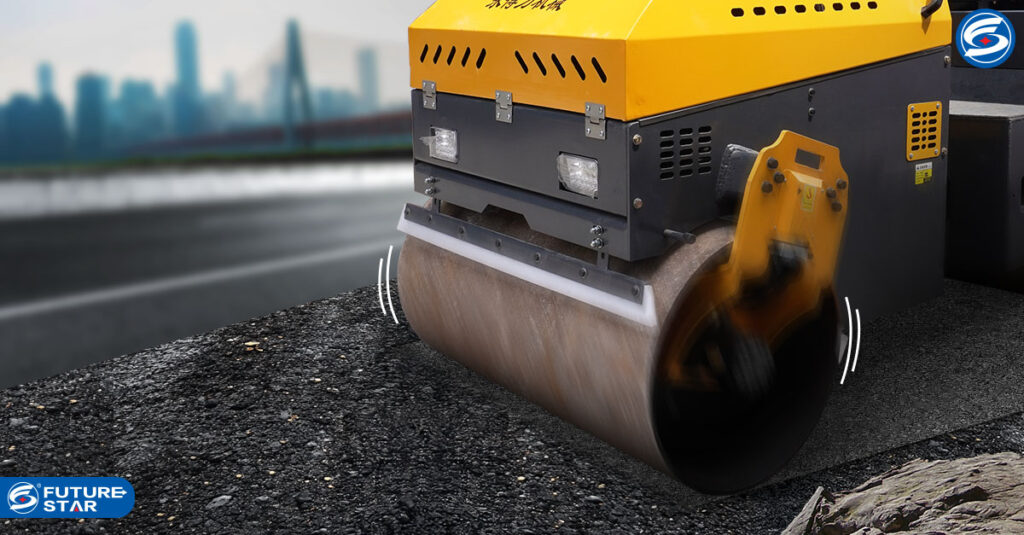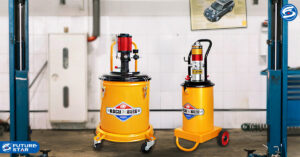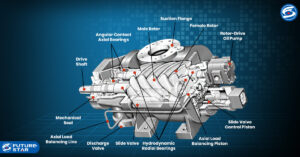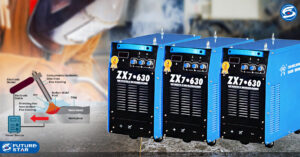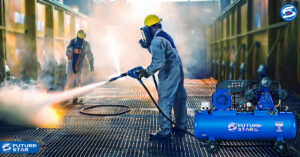There are many types of construction project work that we often encounter in everyday life. One of them is road compaction work which certainly involves materials, machinery and heavy equipment.
The suitability of machine size and material size is critical to the final outcome of the compaction project. This includes whether the specified compaction rate can be achieved. In addition, the compaction process also requires the number of passes as needed.
In this paper, we will simply describe some characteristics of these factors and their implications for compaction parameters.
In the compaction process using a Baby Roller or commonly called a Vibratory compactor. Vibrating drum that vibrates serves to apply sequential force. Machine Baby Roller This drum or Vibro Compactor works with vibrations that are emphasized to the compacted material.
The various soil particles are moved (vibrated) by this high dynamic force and rearranged in a denser position. In addition, the friction between the particles made to vibrate is lowered. The work on this road compaction project is one of the construction works that requires various types of machinery and equipment to facilitate the process.
Because this will be a factor that greatly affects compaction. The basic process of construction project work, which is as follows:
- High dynamic force applied to the material
- Reduction of friction between soil particles
- Rearrangement of particles due to vibrational shaking
In road compaction projects, either asphalt or soil, of course there are several things that we must pay attention to, including:
- Key material factors such as:
- soil type: cohesive, non-cohesive
- particle size distribution
- particle diameter
- particle shape: round, broken
- moisture content
- lift thickness
- Machine factors, including:
- vibrating mass
- amplitude
- frequency
- speed
- number of drum vibrations

